|
This image was created with the Gitzo 3532 LS carbon fiber tripod, the Mongoose M3.6 head, the Canon EF 600mm f/4L IS II USM lens, the Canon 2x EF Extender III (Teleconverter), and the Canon EOS-1D X. ISO 50: 1/8000 sec. at f/20 in Manual mode. Central sensor (by necessity) Expand/AI Servo Rear Focus AF on the spot where the left hand cranes legs enter the water and re-compose. Click here if you missed the latest version of the Rear Focus Tutorial. Click on the image to see a larger version. Time of capture: 4:38:29 |
The State of Bosque Photographic Workshops
At Bosque, being in the exact right place at the right time is imperative to photographic success. There was once a guy from Florida, I think, who was considering joining my Bosque IPT. In the end, he decided to go it alone. When he saw a brand new fire in the mist image that I posted, he e-mailed and said, “You are so lucky; that is exactly the situation that I dreamed of.” I chuckled. That morning I was well aware of the fire-in-the mist possibilities. I brought the group to the exact right spot at the exact right time. Penny wise and pound foolish. With my 19 years of experience I know where to be when. And nobody else can come close to matching my skills in that area….
Today, however, there are so many folks doing low-priced tours at Bosque (and at other locations) as to be baffling. Heck, it seems that anyone who owns a digital camera qualifies to lead bird photography workshops. And as one would expect, these tours are priced exceedingly low. While it is of course true that you get what you pay for, I am no fool. In order to compete with the new boys and girls, next year’s Bosque trip or trips will be competitively priced. The schedule and rates will be published soon.
Blasting Highlights
Photographing into the blinding reflections of the sun is a delicate task. You need to know what you are doing with exposure. When we first arrived at the crane pools the sun on the water was so bright that no amount of minus compensation would eliminate very substantial blinkies. I talked the group through the ISO, shutter speed, and aperture settings. Pretty soon more birds began arriving and everyone was able to put a bird or two in the brightest swath of color and make some good images. Do check the exposure settings for the image above carefully. Learn to photograph while looking into the blasting highlights in the “Creating 11 a.m. Silhouettes” section in The Art of Bird Photography II (ABP II: 916 pages, 900+ images.)
|
This image was also created with the Gitzo 3532 LS carbon fiber tripod, the Mongoose M3.6 head, the Canon EF 600mm f/4L IS II USM lens, the Canon 2x EF Extender III (Teleconverter), and the Canon EOS-1D X. ISO 800. Evaluative Metering +2/3 stop: 1/2000 sec. at f/9 in Av mode. Central sensor (by necessity) Expand/AI Servo Rear Focus AF on the near wing of the front bird active at the moment of exposure. Click here if you missed the latest version of the Rear Focus Tutorial. Click on the image to see a larger version. Time of capture: 4:47:15 |
Go For the Gusto: Push the Button Now/Ask Questions Later
At +2/3 stop EC (exposure compensation) I had been set up to create silhouetted images of the incoming cranes against the colorful sky when I noticed an area of open water. I tracked two birds as they dropped below the horizon and waited for them to hit the clear water. As they were landing in very bright highlights it is obvious that I needed less plus compensation, probably about 0 would have been perfect. But I remembered another important lesson from The Art of Bird Photography II: when unexpected action occurs, push the shutter button. Why? If you take the time to adjust your settings you will miss the action.
At +2/3 as framed the right water was indeed showing as overexposed when I hit Alt M in Canon’s Digital Photo Professional (DPP) but moving the brightness slider two clicks to the left and doing the same with the Highlight Slider I was easily able to recover the highlights. To learn how and why I convert my images in DPP click here.
|
This image was also created with the Gitzo 3532 LS carbon fiber tripod, the Mongoose M3.6 head, the Canon EF 600mm f/4L IS II USM lens, the Canon 2x EF Extender III (Teleconverter), and the Canon EOS-1D X. ISO 800. Evaluative Metering +1/3 stop: 1/1250 sec. at f/9 in Av mode. Central sensor (by necessity) Expand/AI Servo Rear Focus AF on the spot where the legs enter the water and re-compose. Click here if you missed the latest version of the Rear Focus Tutorial. Click on the image to see a larger version. Time of capture: 4:50:35 |
Pick a Good Spot
I told the group that sitting was an advantage as it would give you an extra moment or two with the birds above the distant ridge. So I found a comfortable mound of dirt, lowered the tripod legs, parked myself on it, and began making images. All but the very first image here were made from the exact same spot. For the image above, I simply spotted two birds that were isolated from the many.
|
Again, this image was created with the Gitzo 3532 LS carbon fiber tripod, the Mongoose M3.6 head, the Canon EF 600mm f/4L IS II USM lens, the Canon 2x EF Extender III (Teleconverter), and the Canon EOS-1D X. ISO 800. Evaluative Metering +2/3 stop: 1/2000 sec. at f/9 in Av mode. Central sensor (by necessity) Expand/AI Servo Rear Focus AF as framed active at the moment of exposure: note that no active sensor was anywhere near the subject yet the subject is in sharp focus. Click here if you missed the latest version of the Rear Focus Tutorial. Click on the image to see a larger version. Time of capture: 4:53:30 |
Study the Flight Patterns
On most evenings the cranes coming into roost take one of several flight paths time after time. Some are great for photography; others not so good. Last night the birds coming from high left made ideal subjects. But once in a while a bird coming from our right would turn hard left while still above the ridge. As this one did much to my delight.
|
Again, this image was created with the Gitzo 3532 LS carbon fiber tripod, the Mongoose M3.6 head, the Canon EF 600mm f/4L IS II USM lens, the Canon 2x EF Extender III (Teleconverter), and the Canon EOS-1D X. ISO 800. Evaluative Metering +2/3 stop: 1/640 sec. at f/9 in Av mode. Central sensor (by necessity) Expand/AI Servo Rear Focus AF as framed and squarely on the head of the bird in the front active at the moment of exposure. Click here if you missed the latest version of the Rear Focus Tutorial. Click on the image to see a larger version. Time of capture: 5:02:33 |
Rapid Fire
I am often amazed when we are doing flight photography and I encounter a student with the drive speed set to Single Frame. For all of my bird photography I have the drive speed set to Continuous High. Once I have the bird or birds nicely in the frame I hold the shutter button down for 3 or 4 frames until the moment is gone, that is, until either the bird drops below the ridge or the arrangement of the compositional elements becomes a mess. The image above was my favorite of an excellent three-frame sequence.
|
Again, this image was created with the Gitzo 3532 LS carbon fiber tripod, the Mongoose M3.6 head, the Canon EF 600mm f/4L IS II USM lens, the Canon 2x EF Extender III (Teleconverter), and the Canon EOS-1D X. ISO 1000. Evaluative Metering +2/3 stop: 1/400 sec. at f/9 in Av mode. Central sensor (by necessity) Expand/AI Servo Rear Focus AF as framed active at the moment of exposure. Note: this is a small crop from the original. Click here if you missed the latest version of the Rear Focus Tutorial. Click on the image to see a larger version. Time of capture: 5:04:53 |
The Grand Finale
First a few educational notes. All of the images here were created at at color temperature of K (Kelvin) 8000. Note that for the last two images I resisted going to ISO 1600 knowing that with the birds hanging in the sky that I would get away with relatively slow shutter speeds, 1/640 and 1/400 sec. This frame, the last one presented here today, was my favorite of about a 6-frame sequence. To make the yellow sky more red I went into the RED channel in Hue Saturation and played with the Hue slider, something I almost never do. But here it worked perfectly.
It is hard to believe that it is possible to create so many Family Jewels type images in less than a half hour. Did I mention that everyone in the group was sitting right next to me having a blast? Anything is possible when you know where to be when, or have a leader who does :).
Your Favorite?
Which of the images above do you like best? Please use the time designation to specify a given image, and be sure to let us know why.
Last Year’s Grand Prize winning image by Lou Coetzer
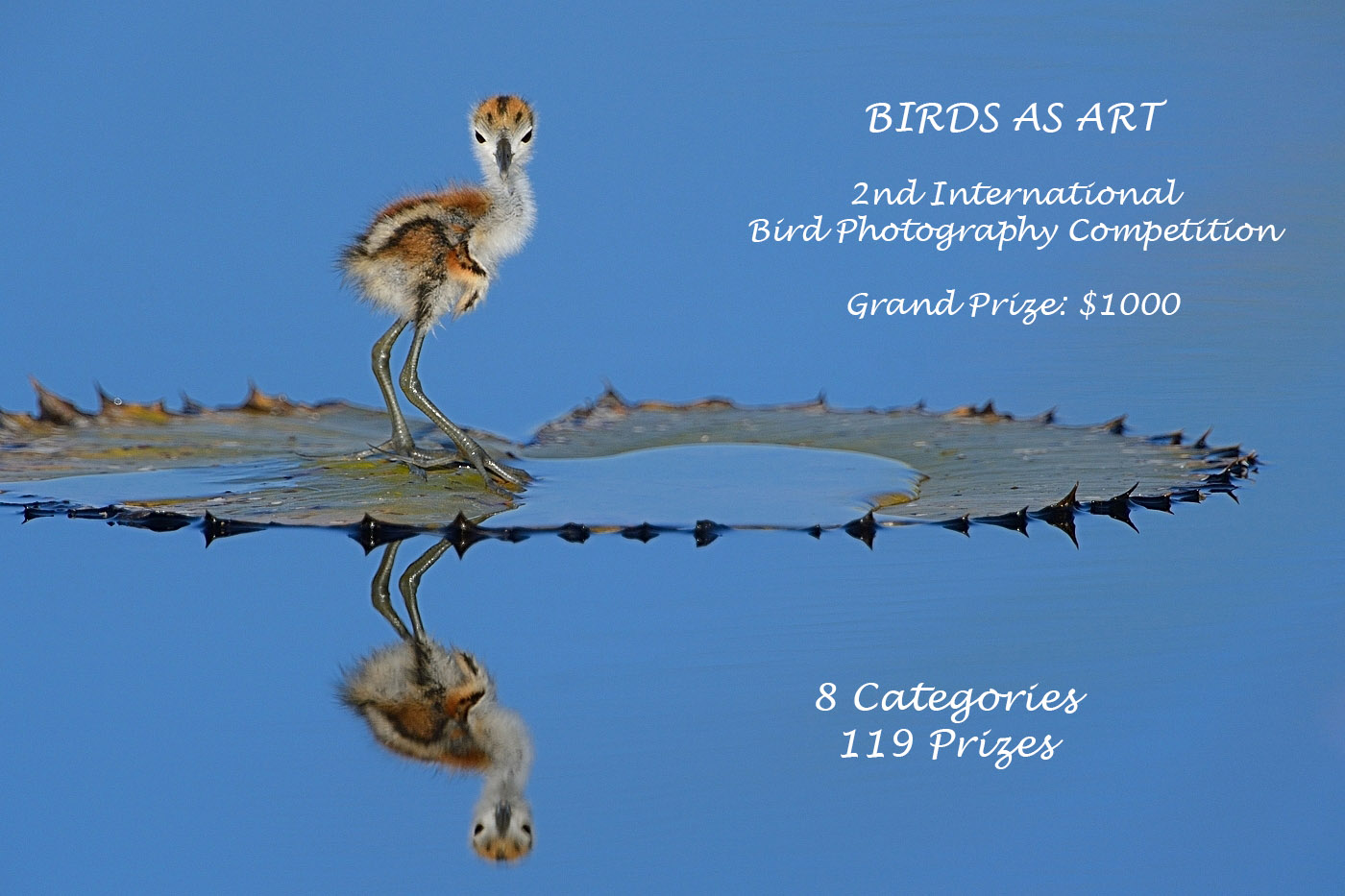
|
BIRDS AS ART 2nd International Bird Photography Competition
The December 21, 2013 closing deadline is fast approaching.
Learn more and enter the BIRDS AS ART 2nd International Bird Photography Competition here. Twenty-five great prizes including the $1000 Grand Prize and intense competition. Bring your best.
Support the BAA Blog. Support the BAA Bulletins: Shop B&H here!
We want and need to keep providing you with the latest free information, photography and Photoshop lessons, and all manner of related information. Show your appreciation by making your purchases immediately after clicking on any of our B&H or Amazon Affiliate links in this blog post. Remember, B&H ain’t just photography!




Amazon
Everyone buys something from Amazon, be it a big lens or deodorant. Support the blog by starting your search by clicking on the logo-link below. No purchase is too small to be appreciated; they all add up. Why make it a habit? Because I make it a habit of bringing you new images and information on an almost daily basis.
Typos
In all blog posts and Bulletins feel free to e-mail or leave a comment regarding any typos, wrong words, misspellings, omissions, or grammatical errors. Just be right. 🙂
IPT Info
Many of our great trips are filling up. You will learn more about how to make great images on a BAA IPT than anywhere else on the planet. Click here for the schedule and additional info.

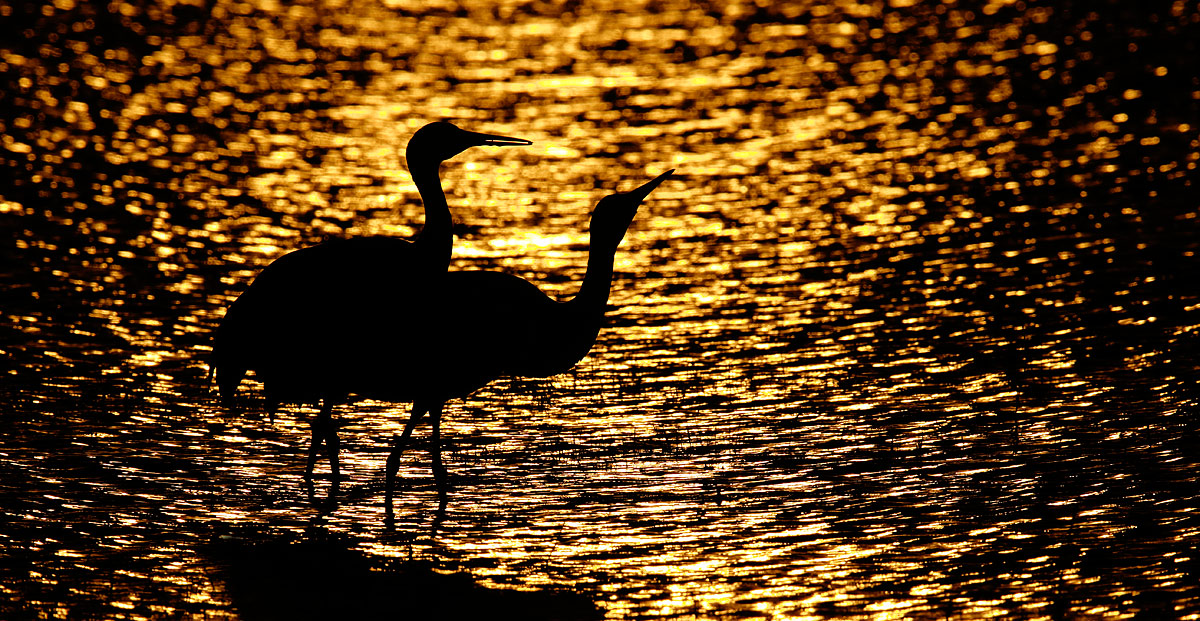
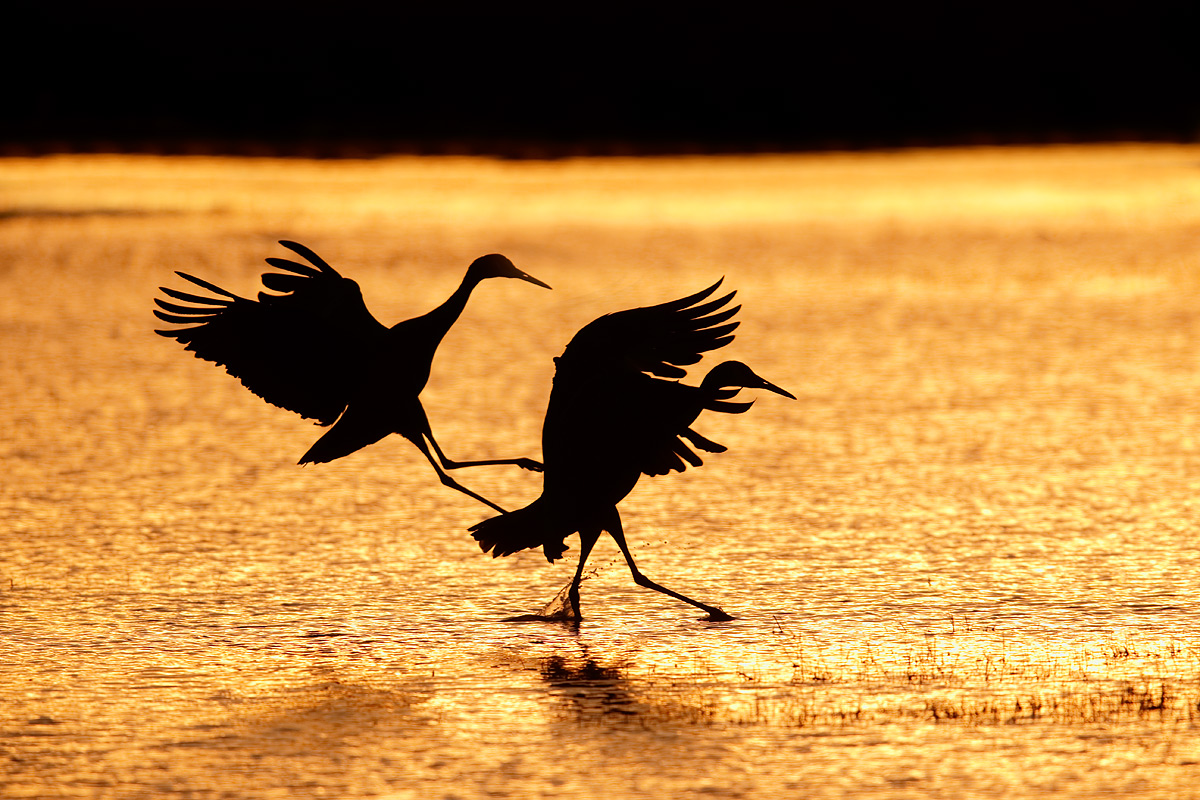
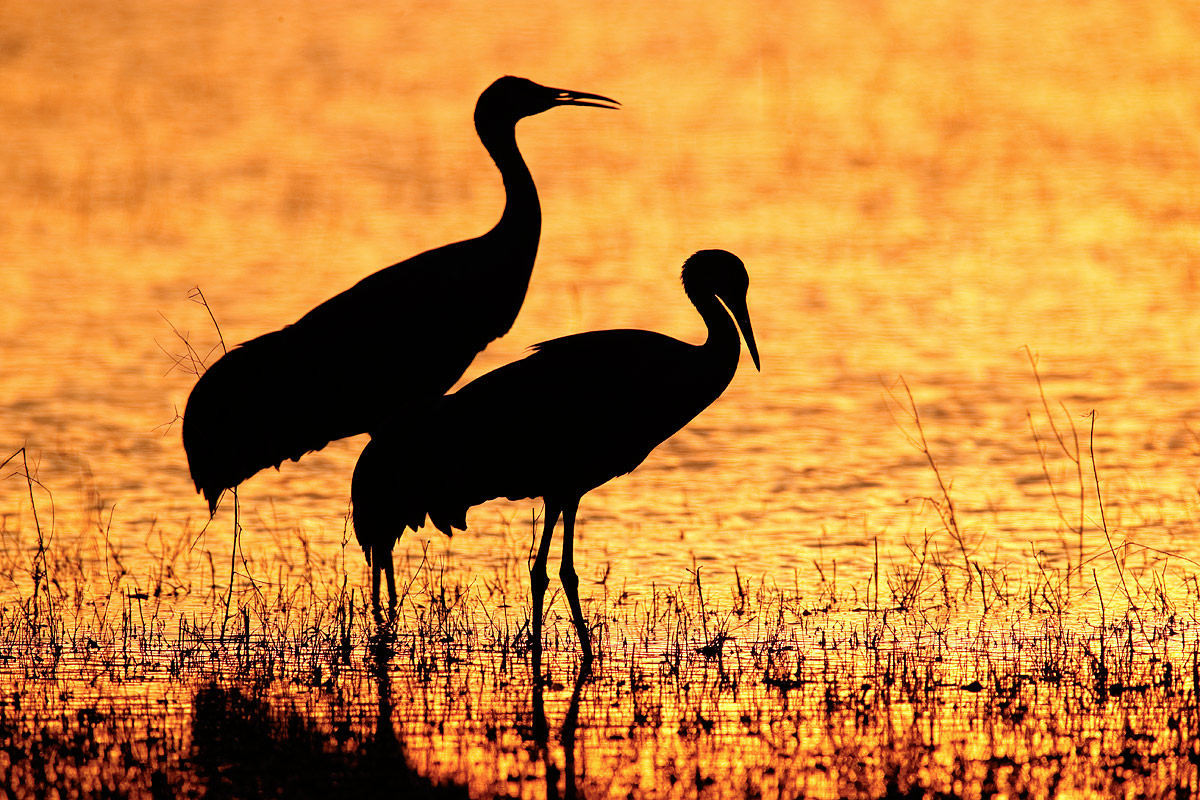
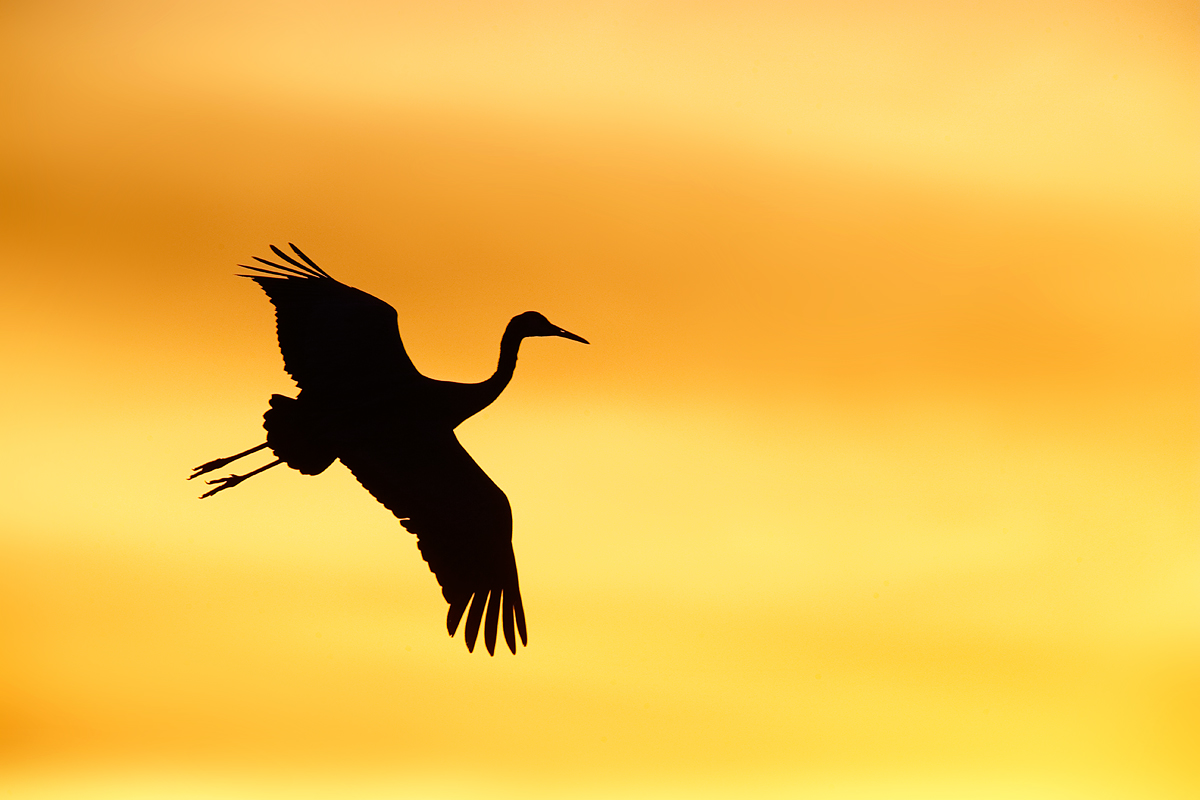
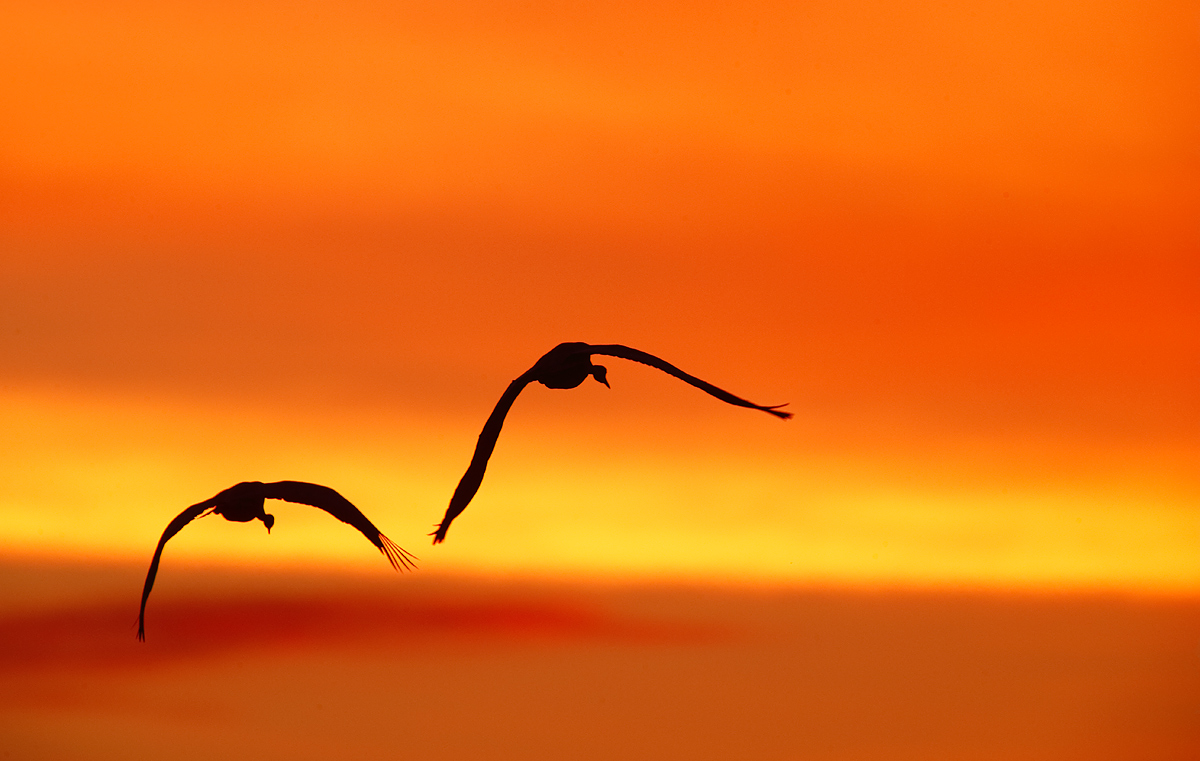
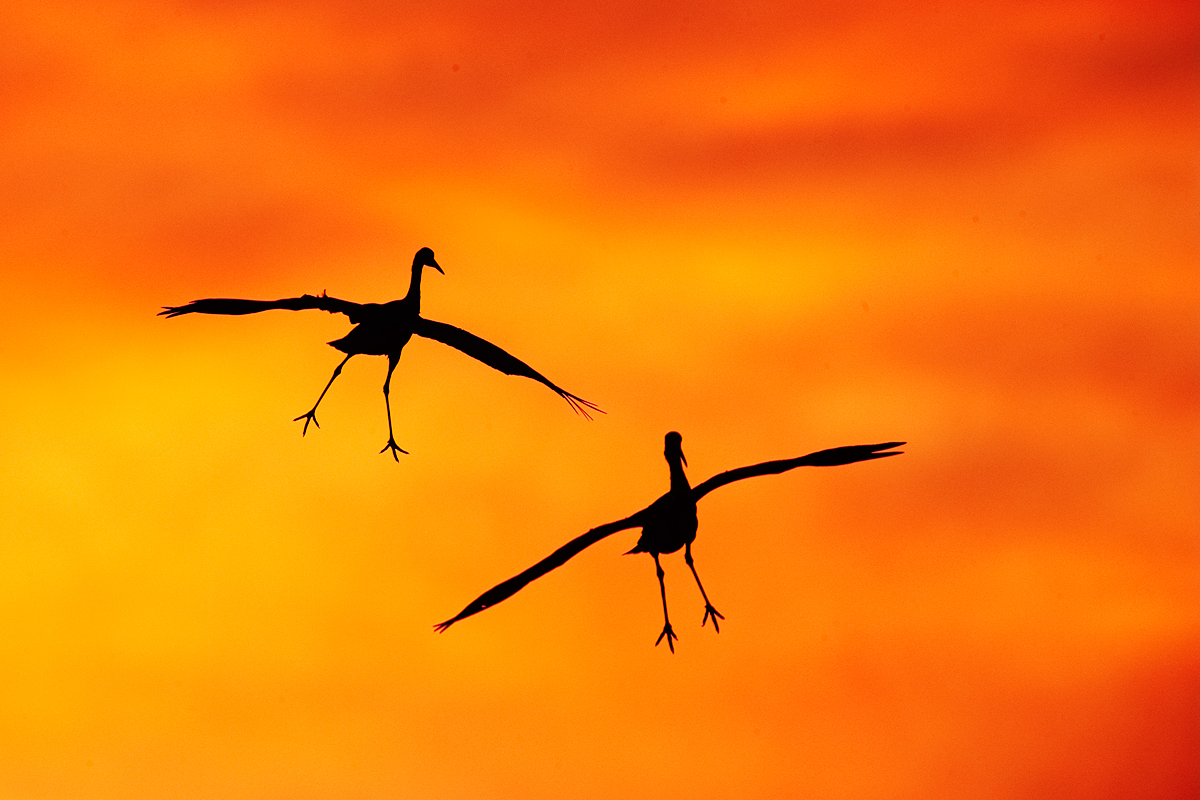













Arthur, Stunning images!
Backgrounds present the birds as almost mythical.
The twin birds landing with gear down is the pick of the flock.
Very difficult to pick a favorite.
Great work from a extremely talented photographer.
Bravo!
My favorite 5:04:53
The colours are striking and also I love the composition and I like the way the subjects look dropping from the sky.
Artie, all of the photos are brilliant, but I like the last one best. Your in-the-field workshops may be a bit more pricey, but you are a very good instructor. As you say, you advise your students on settings so that they can get the best shots. Some of those lower priced instructors only seem interested in getting their own shots and practically ignoring the students
Last image is fantastic. You know Bosque better than anyone. It has been a great pleasure learning the ropes from you 🙂 Thank you!
I’m with Clemens…don’t lower your rates. When you look at the WHOLE
package that you offer, and I’m not just talking about the photography,
what a person gets for signing up for your IPT, whether its this one
or another, you can’t learn from reading a book or standing next to
somebody else.
Doug
I just love the second image.The primary tips are just awesome in silhouette and the blades of grass are a nice subtle touch adding depth to the shot.The sense of motion and the little water spray at landing are the clincher.
Nice work! Glad you had an excellent Bosque experience. Could not agree more that it is absolutely worthwhile to go with the best. You get what you pay for is as true as ever. Don’t lower your rates. No need to as you deliver premium service for an already reasonable price anyway.
Great images. I’d say congrats but you crank out outstanding every day. I loved the Bosque IPT last year.
They are brilliant photos, I really like the second photo which has the most impact for me.